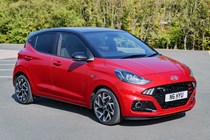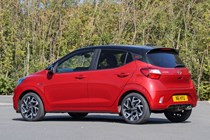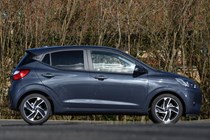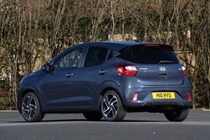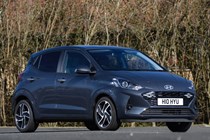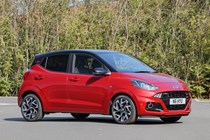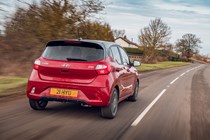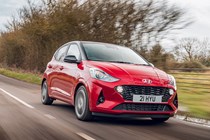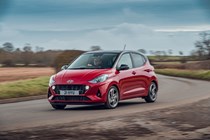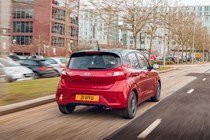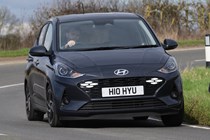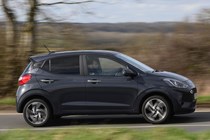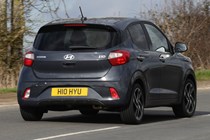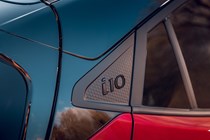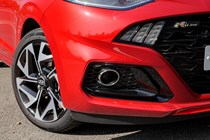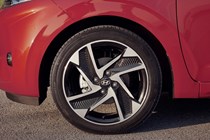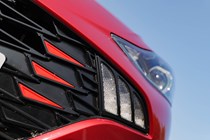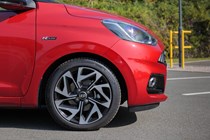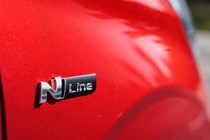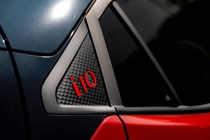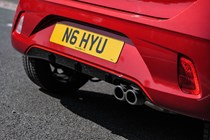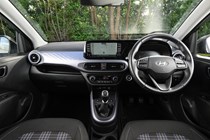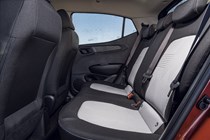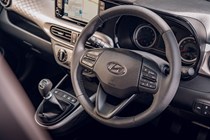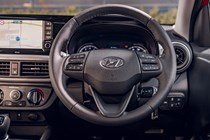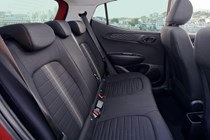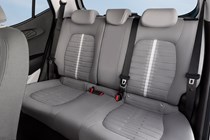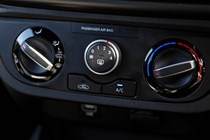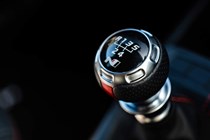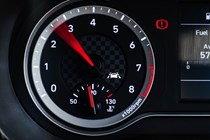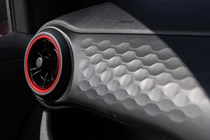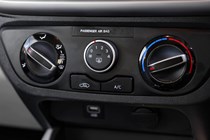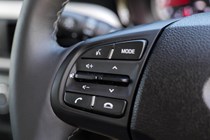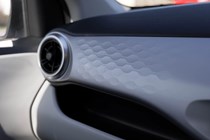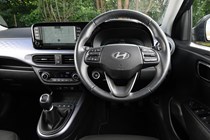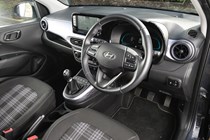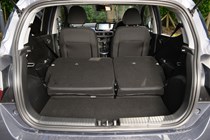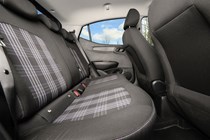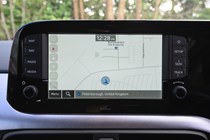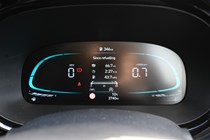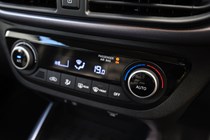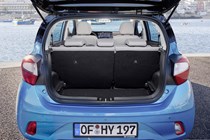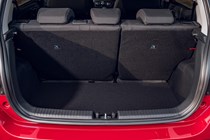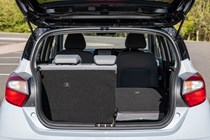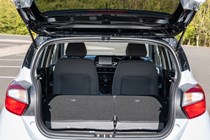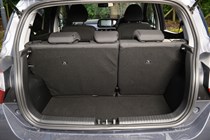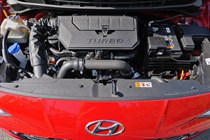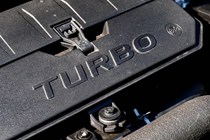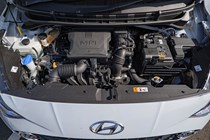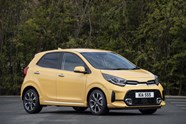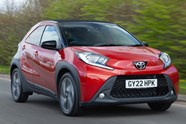
Hyundai i10 review
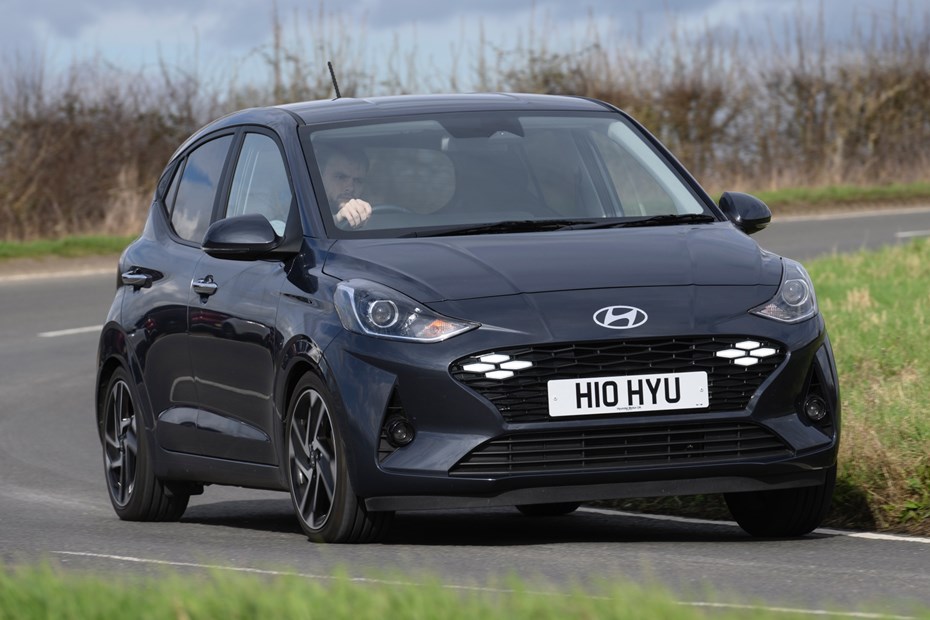
At a glance
| Price new | £15,310 - £18,860 |
|---|---|
| Used prices | £7,089 - £18,397 |
| Road tax cost | £190 |
| Insurance group | 1 - 10 |
Get an insurance quote with

|
|
| Fuel economy | 49.6 - 56.5 mpg |
| Range | 443 - 475 miles |
| Miles per pound | 7.3 - 8.3 |
| View full specs for a specific version | |
Available fuel types
Petrol
Pros & cons
- Exceptional interior space
- Classy, easy-to-use dashboard
- Lots of safety equipment
- Optional automatic gearbox is atrocious
- Higher trim levels are pricey
- Not as good to drive as VW Up
Hyundai i10 Hatchback rivals
Overview
Choosing between the best city cars is a lot easier than it used to be. That’s primarily because the class is a declining one, with the Hyundai i10 one of the few remaining options. After all, the Volkswagen Up and its siblings are now deceased, and the Aygo no longer has Peugeot and Citroen versions.
Thankfully, the Hyundai i10 remains one of the finest truly small cars you can buy. It feels so much more grown-up than its rivals and it’s surprisingly spacious despite its bijou footprint. There is even a choice of engine sizes and power outputs, no guarantee in this age of SUVs.
In fact, true rivals only really include the ancient but adorable Fiat 500 and a handful of others. That includes the more practical Fiat Panda, albeit without the option of four-wheel drive these days. If that’s a consideration we’d point you towards the Suzuki Ignis. Similarly SUV inspired is the Toyota Aygo X, although this is front-wheel drive only. Finally, there’s the i10’s sibling, the Kia Picanto.
The reason why the i10 has so few competitors now is because it’s notoriously difficult to make money on a modern city car without charging astronomical prices. Thank the wide array of sensors and cameras needed for the latest safety regs for that. However, buyers simply aren’t prepared to spend huge sums of cash on such small cars – especially when there are larger superminis and crossovers available that only cost a little more money but offer a lot more space.
But these slim margins haven’t stopped Hyundai from loading the i10 with equipment. Its trim levels compare with cars from two segments above, with the mid-range Premium model gaining features such as a heated steering wheel, a wireless phone charger and more active safety technology than you can shake a hi-vis vest at.
You can even specify the i10 in a sporty N Line specification that adds a more aggressive body kit, racy alloys, some red accent and a slightly more powerful 90hp engine. It’s a far cry from the company’s N division hot hatchbacks, but it’s still good fun.
Over the next few pages, we’ll assess each aspect of the Hyundai i10. Our review will consider the car’s practicality, safety, interior quality, technology, driving experience and running costs. We’ll then offer our final verdict on the car and let you know whether it’s worth spending your money on. Click through to the next page to learn more.



